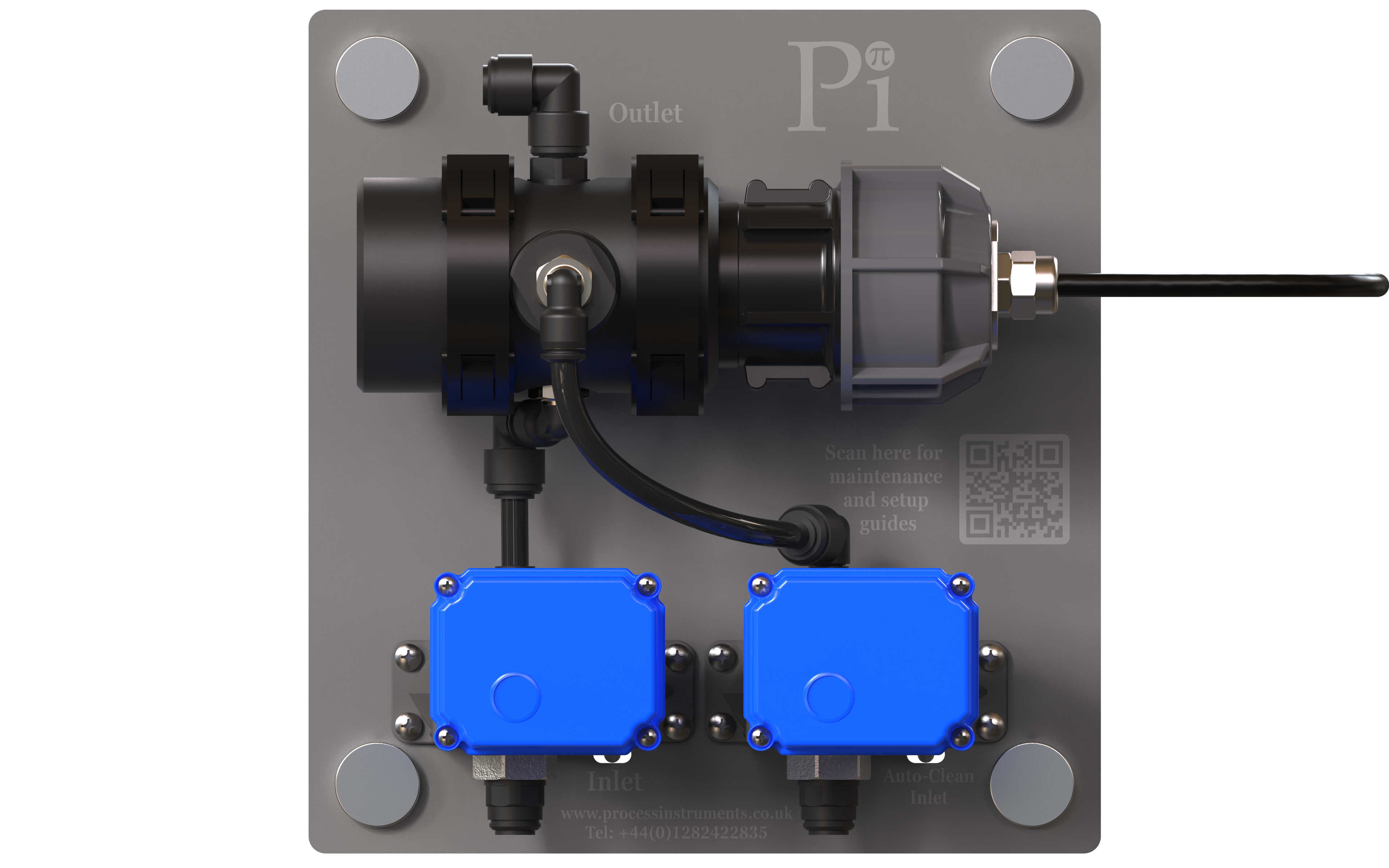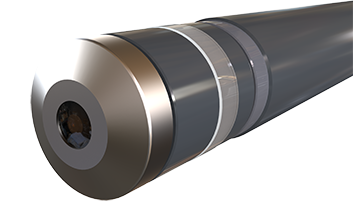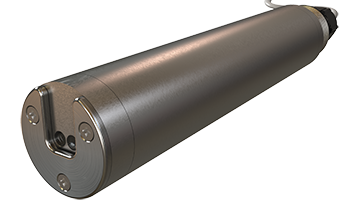Many water treatment plants still use manual control for coagulant dosing (usually alum or ferric). Whilst the raw water quality is steady this is an effective method to set a coagulant dose, however, when the raw water changes then manual control of the coagulant dose breaks down, particularly when plants are unmanned overnight or over the weekend.
When the raw water is likely to be of poor quality in the future (e.g. a weather forecast predicts a rain event) operators often increase the coagulant dose in anticipation of a rainfall event. This can lead to poor coagulation prior to, during, and after the rainfall event (if it comes at all), and can also introduce longer term issues such as filter blinding, shorter filter run times and increased aluminium residuals (in the case of alum).
For many plants it is possible to automate coagulant control such that a UV254Sense Probe can effectively increase and decrease the dose of coagulant automatically in response to changing water quality.













